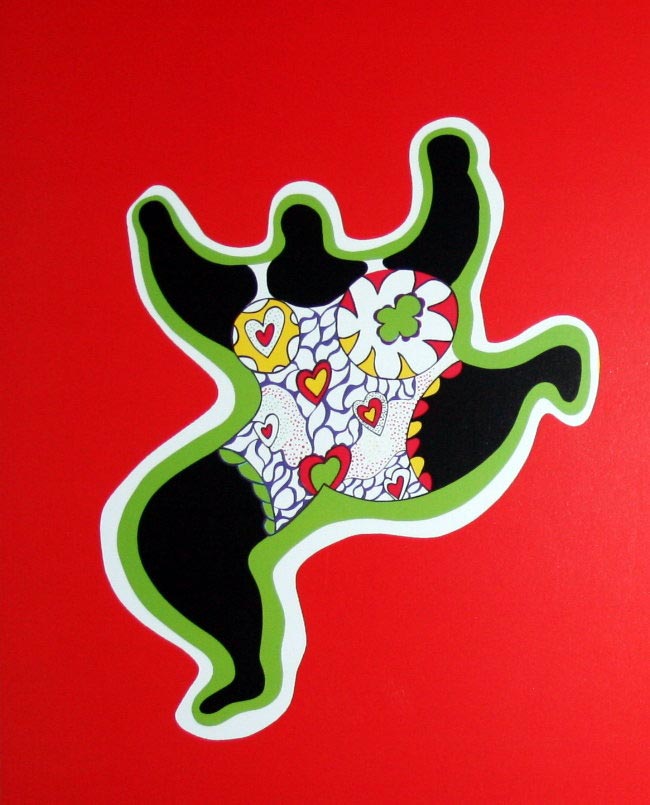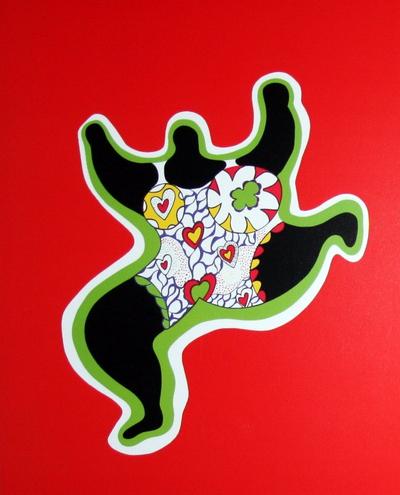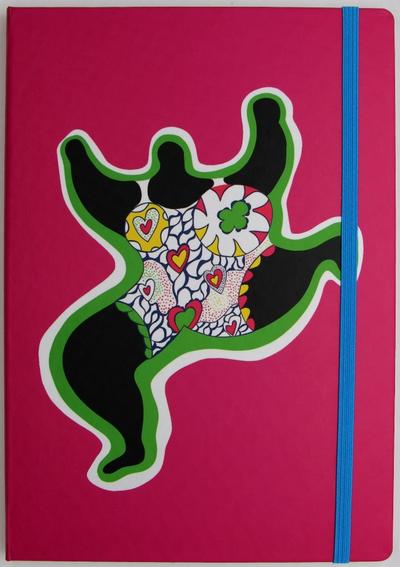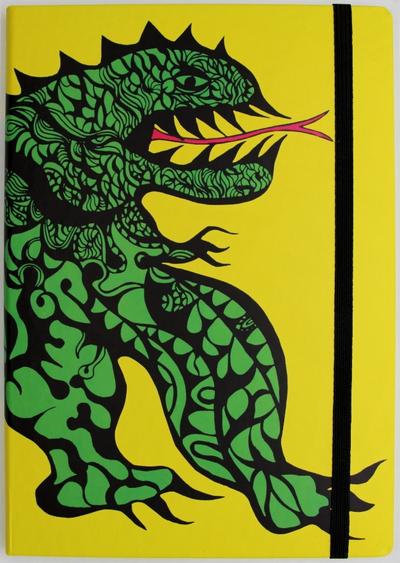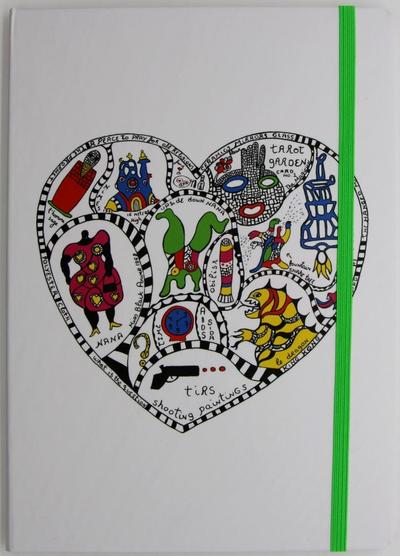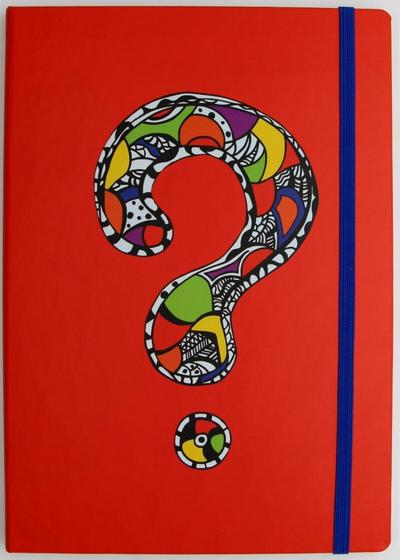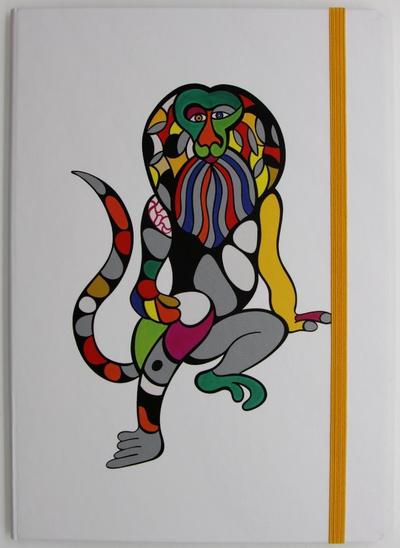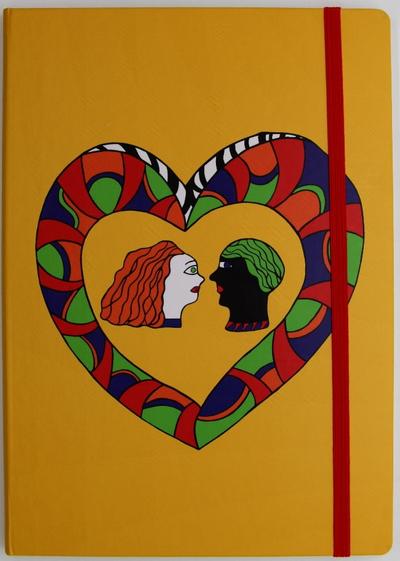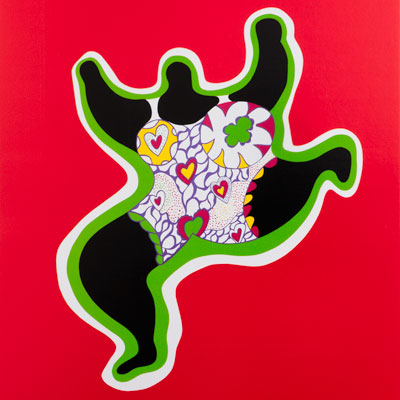Tel : (+33) 4 94 63 18 08
9am - 6pm from Monday to Sunday
New Realism
The New Realism is an artistic movement born in France in the 60s. It was founded by artists such as Yves Klein, Pierre Restany, and Jean Tinguely and brings together a group of painters, sculptors, performers, and illustrators. The aim of this movement is to question the social and political realities of the time through art. Among the main artists of New Realism, one can mention Yves Klein, known for his monochrome blue works (1957) and his live art performances, as well as Niki de Saint Phalle, who used techniques such as staining, sculpture, and installations. Other important artists of the movement include Jean Tinguely, who created complex mechanical sculptures, and Arman, who was known for his accumulations of used and waste objects. One of the most well-known works of New Realism is "Anthropométrie" by Yves Klein (1960), which consists of a monochrome blue painting. "Nana" by Niki de Saint Phalle (1965), a sculpture representing a woman in life size, is also considered one of the major works of the movement.
Discover the artist
De Saint Phalle Niki
If Niki De Saint Phalle, born in 1930, no longer presents herself, it's because her creatures, the famous "Nanas", have opened wide the doors of the Pantheon of Art to her.
Between the United States and France, between avant-garde and New Realism, Niki de Saint Phalle remains the most remarkable female painter of her generation.
De Saint Phalle Niki
If Niki De Saint Phalle, born in 1930, no longer presents herself, it's because her creatures, the famous "Nanas", have opened wide the doors of the Pantheon of Art to her.
Between the United States and France, between avant-garde and New Realism, Niki de Saint Phalle remains the most remarkable female painter of her generation.
De Saint Phalle Niki
If Niki De Saint Phalle, born in 1930, no longer presents herself, it's because her creatures, the famous "Nanas", have opened wide the doors of the Pantheon of Art to her.
Between the United States and France, between avant-garde and New Realism, Niki de Saint Phalle remains the most remarkable female painter of her generation.
De Saint Phalle Niki
If Niki De Saint Phalle, born in 1930, no longer presents herself, it's because her creatures, the famous "Nanas", have opened wide the doors of the Pantheon of Art to her.
Between the United States and France, between avant-garde and New Realism, Niki de Saint Phalle remains the most remarkable female painter of her generation.
De Saint Phalle Niki
If Niki De Saint Phalle, born in 1930, no longer presents herself, it's because her creatures, the famous "Nanas", have opened wide the doors of the Pantheon of Art to her.
Between the United States and France, between avant-garde and New Realism, Niki de Saint Phalle remains the most remarkable female painter of her generation.




























































































